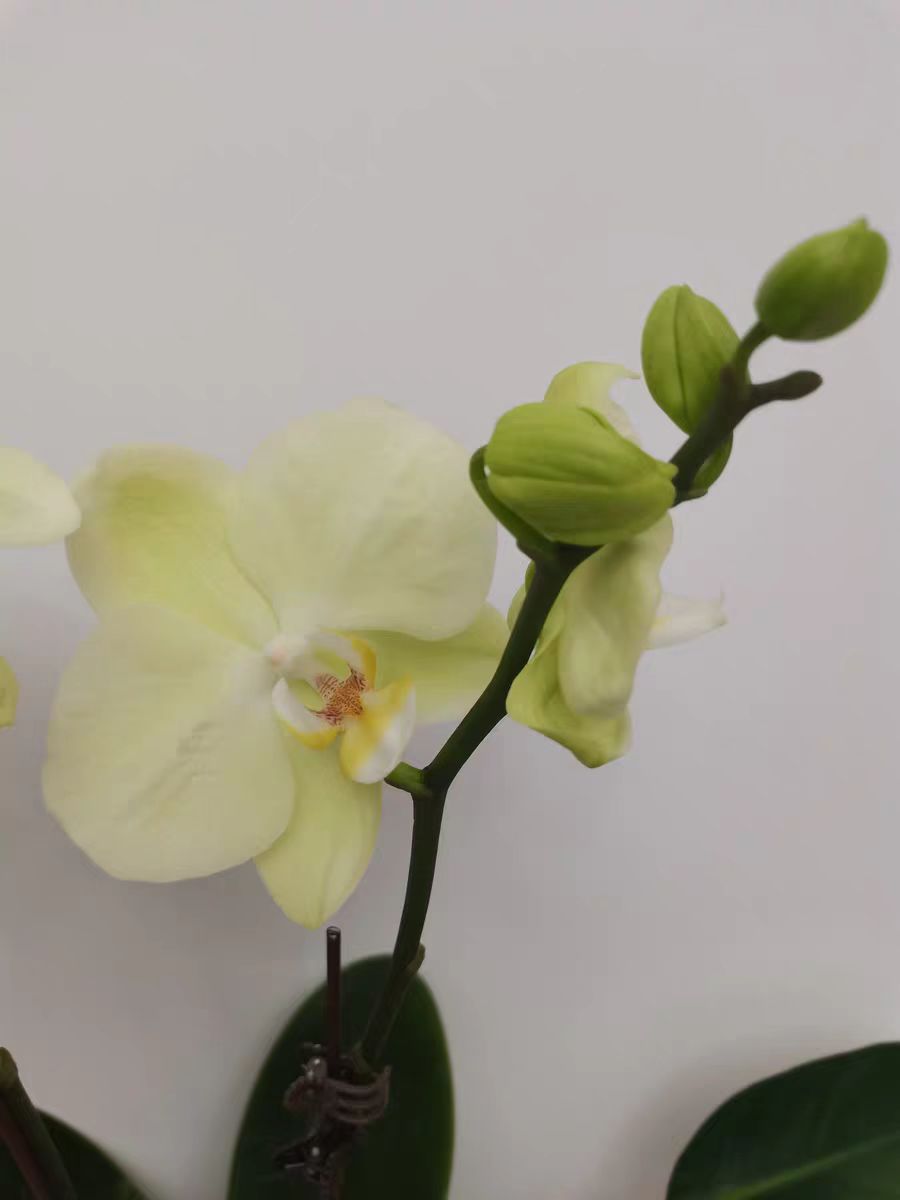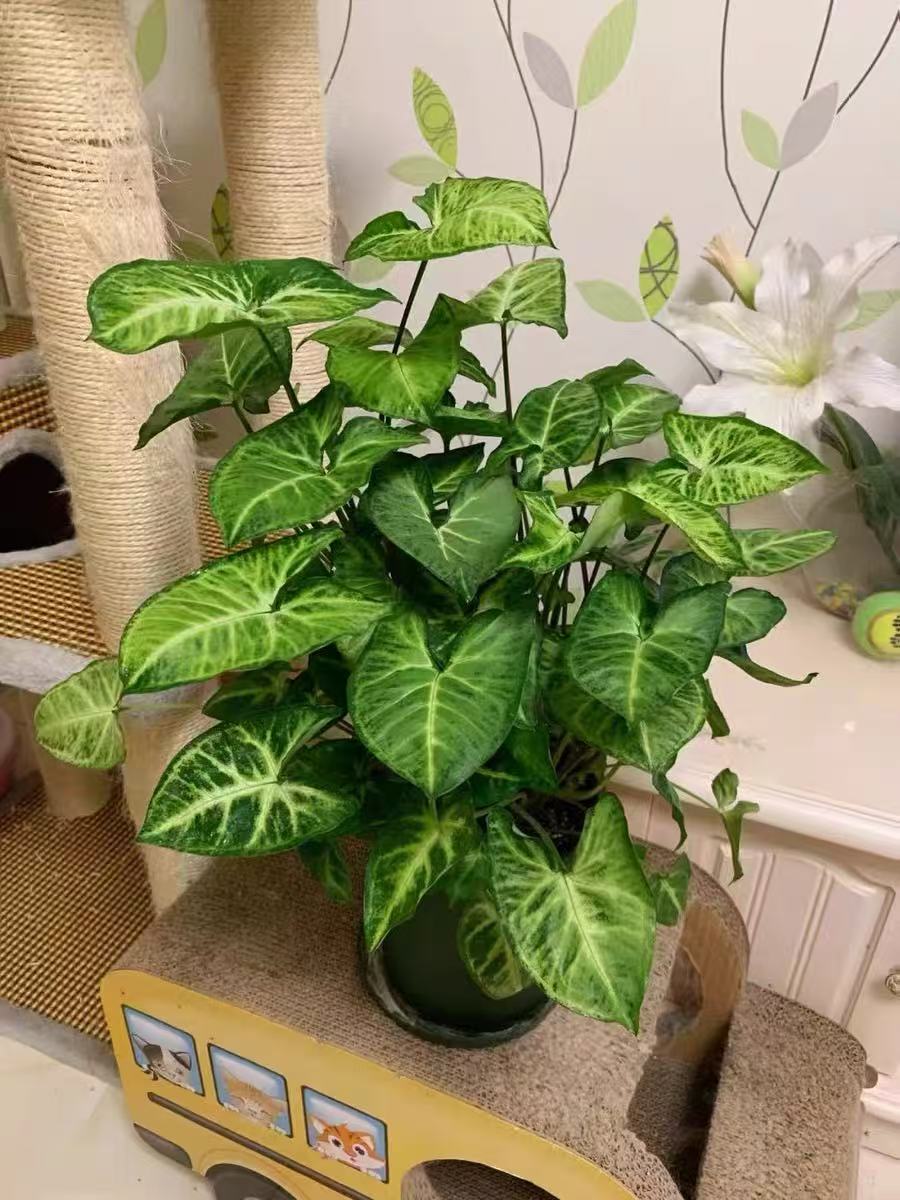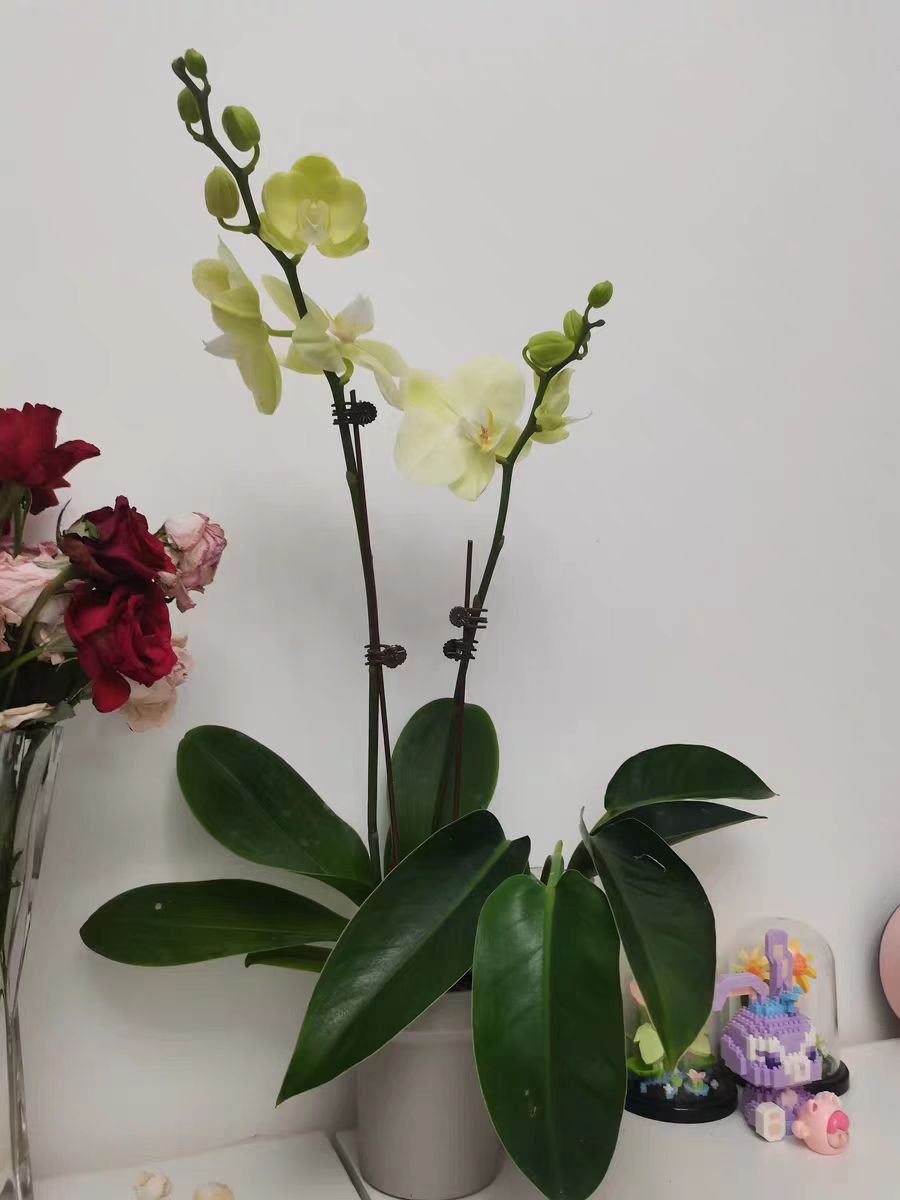Phalaenopsis, a flower of great ornamental value, requires repotting as an important part of its maintenance. During the repotting process, whether to use Carbendazim is related to the health of the plant, and the maintenance after repotting is the key to determining whether the Phalaenopsis can successfully adapt to the new pot and continue to grow.
Carbendazim is a broad - spectrum fungicide that can effectively inhibit and kill a variety of fungi and is widely used in the field of flower cultivation. When repotting Phalaenopsis, using Carbendazim has two main functions: one is to disinfect the pruned roots to reduce the risk of wound infection by bacteria; the other is to sterilize the new cultivation substrate and flower pot to prevent potential bacteria from affecting the root health of Phalaenopsis.
Usage Scenarios and Methods
Root Disinfection: When repotting, if rotten roots or empty roots are found on the Phalaenopsis, they need to be pruned off first. Then, soak the roots of the plant in a Carbendazim solution diluted 500 - 1000 times for 15 - 30 minutes. This can effectively kill the bacteria on the root surface and reduce the risk of infection. After soaking, take out the Phalaenopsis and place it in a cool and ventilated place to dry. After the water on the root surface evaporates, repot the plant.
Substrate and Pot Disinfection: New cultivation substrates such as sphagnum moss and bark, as well as flower pots, may carry bacteria. Soak the sphagnum moss in a Carbendazim solution for 20 - 30 minutes, and then take it out and drain it before use. The flower pot can be wiped or soaked in a Carbendazim solution for disinfection to ensure a sterile and safe cultivation environment and create a good growth foundation for Phalaenopsis.
Situations Where Carbendazim is Not Used
If the Phalaenopsis is in good growth condition, the roots are healthy and undamaged during repotting, and high - temperature - sterilized or brand - new cultivation substrates and flower pots are used, Carbendazim may not be necessary. However, special attention should be paid to the ventilation and humidity control in the subsequent maintenance process to reduce the possibility of bacterial growth.
How to Maintain Phalaenopsis after Repotting?
Reasonable Watering: The roots of Phalaenopsis are relatively fragile after repotting, and their water absorption capacity is weakened. It is not advisable to water immediately in large quantities to avoid waterlogging and root rot. Usually, within 3 - 5 days after repotting, spray a small amount of water according to the dry - wet degree of the substrate to keep the sphagnum moss slightly moist. After the plant gradually adapts to the new environment and new roots grow, the normal watering frequency can be restored. In daily watering, follow the principle of "watering when dry, watering thoroughly", that is, water when the surface of the sphagnum moss is dry and white, and avoid long - term wet or dry conditions.
Appropriate Lighting: After repotting, Phalaenopsis should be kept away from direct sunlight and placed in an environment with sufficient scattered light, such as a position near the window indoors where the sun does not shine directly. Excessive light will cause the plant to evaporate water too quickly and affect its adaptation to the new pot; insufficient light may lead to the plant growing spindly and having poor growth. After the plant recovers growth, the lighting time and intensity can be gradually increased, but still avoid the midday sun in summer.
Temperature and Ventilation: Phalaenopsis prefers a warm, humid and well - ventilated environment. After repotting, the ambient temperature is preferably controlled at 18 - 28°C. Too high or too low a temperature will affect the growth of the plant. At the same time, ensure the air circulation in the maintenance environment. Good ventilation can effectively reduce the air humidity, reduce the growth of bacteria and promote the respiration of the plant. Windows can be opened regularly for ventilation, but avoid placing the Phalaenopsis directly in the air outlet to prevent damage to the plant caused by excessive wind force.
Postponed Fertilization: The roots of Phalaenopsis have not fully recovered their absorption capacity after repotting. Fertilization at this time cannot be effectively utilized by the plant and may cause fertilizer damage and burn the roots. Therefore, fertilization should be stopped within 1 - 2 months after repotting. After the plant grows new roots and recovers its growth vitality, start applying thin liquid fertilizer, following the principle of "applying thin fertilizer frequently" and gradually increasing the amount of fertilizer to provide sufficient nutrients for the growth of the plant.
Observation of Growth Status: During the maintenance period after repotting, the growth status of Phalaenopsis should be closely observed. If the leaves turn yellow, become soft, or show signs of decay or withering, the root condition should be checked in a timely manner to determine whether there is an infection or other problems, and corresponding measures should be taken to deal with them. At the same time, pay attention to whether new buds and roots are growing on the plant, which are important signs of the Phalaenopsis successfully adapting to the new pot and resuming growth.
The reasonable use of Carbendazim when repotting Phalaenopsis can protect the healthy growth of the plant; the scientific maintenance after repotting is the key to ensuring that the Phalaenopsis can successfully pass the seedling - slowing period and thrive. By mastering these key points, the Phalaenopsis can bloom in the new flower pot.
Should Carbendazim be Used When Repotting Phalaenopsis?

Share with
Tagged in :



Leave a Reply